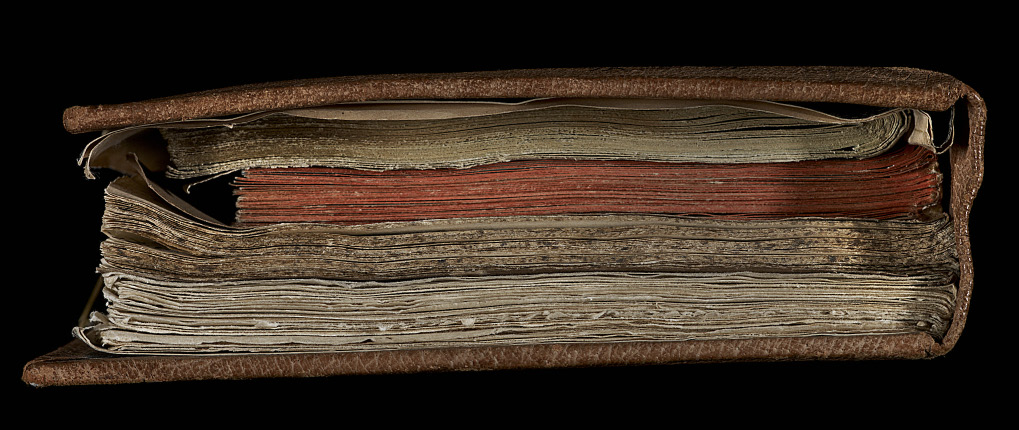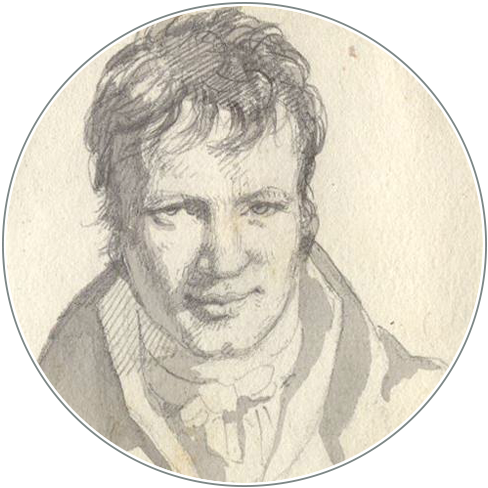Die Amerikanischen Reisetagebücher: ein erster Zugang
DOI :
https://doi.org/10.18443/220Mots-clés :
Amerikanische Reisetagebücher, Kunstgeschichte, Bildwissenschaft, Landschaft, Charles DarwinRésumé
Zusammenfassung
Die Reisetagebücher der Amerika-Reise (1799-1804) stellen ein Kompendium an schriftlichen Einträgen, Tabellen, Diagrammen und Zeichnungen dar, das in der Tradition römischer Papiermuseen des 17. Jhs. steht. Sie können als Mikrokosmen kleiner Kunstkammern aufgefasst werden, in denen Naturobjekte, Kunstwerke und Arbeitsmittel einen gemeinsamen Reflexionsraum bilden. Im Zentrum des vorliegenden Beitrags steht Humboldts Auffassung einer gestalteten Bestimmung von Landschaft vermittels besonders einprägsamer Bildformen. Auf erstaunliche Weise nähert sich Humboldts Ästhetik der Gesamtsicht von Natur Charles Darwins Begriff der natürlichen Schönheit an. In den Reisetagebüchern zeigt sich ein heterogener, von Lebendigkeit zeugender Charakter, der sowohl durch das unterschiedliche Format der einzelnen Hefte, als auch durch die inkonsistente Behandlung des Papiers erreicht wird. Dieser bewegliche Zug setzt sich in zahlreichen Zetteln, Briefen und weiteren Texten fort als ein eigenes Prinzip von Evolution.
Abstract
The travel diaries of Humboldt’s journey to the Americas (1799-1804) form a corpus of research in the form of written entries, tables, diagrams and sketches and serve as a continuation of the Roman “paper museums” of the 17th century. They can be seen as microcosms of small Kunstkammern (cabinets of curiosity) in which specimens from nature, artworks and working materials are documented and presented together in a common space for reflection and contemplation. The focus of this paper is Humboldt’s conception of a “designed determination” through particularly memorable images and forms. His aesthetic of an overall vision of nature bears a striking similarity to Charles Darwin’s theory of natural beauty. His travel diaries reveal a heterogeneous character, imbued with a vibrancy that is attained through both the various formats of different notebooks, as well as by the inconsistent treatment of the of the booklet’s paper. In the form of countless notes, letters and further texts, this dynamic process establishes the framework for its own principal of evolution.
Abstract
I Reisetagebücher („diari di viaggio“) scrisse durante il suo viaggio in America del Sud (1799-1804) costituiscono un compendio di annotazioni scritte, tabelle, diagrammi e disegni, che appare legato alla tradizione dei musei cartacei romani del Settecento. Questi diari possono essere considerati delle Kunstkammern in miniatura, in cui oggetti della natura, opere d’arte e strumenti di lavoro formano uno spazio di riflessione comune. Al centro dell’attenzione del presente contributo è l’idea humboldtiana di una determinazione del paesaggio attraverso immagini particolarmente facili da ricordare. In modo sorprendente, la riflessione estetica di Humboldt sul panorama naturale si avvicina all’idea di bellezza della natura di Charles Darwin. I Reisetagebücher mostrano un carattere eterogeneo e vivo, che si manifesta sia nel diverso formato dei quaderni, sia attraverso il trattamento inconsistente della carta. Questa dinamicità continua poi nei numerosi foglietti, nelle lettere, e in altri testi di Humboldt, e costituisce il principio di evoluzione a loro proprio.

Téléchargements
Publiée
Comment citer
Numéro
Rubrique
Licence
(c) Tous droits réservés Horst Bredekamp 2015

Ce travail est disponible sous licence Creative Commons Attribution - Pas d’Utilisation Commerciale 4.0 International.
Les droits des articles envoyés restent la propriété de leurs auteurs et sont publiées sous la licence Creative Commons-Lizenz (CC BY-NC 4.0). Tous les auteurs publiant dans le HiN doivent accepter ce modèle de licence.
Les auteurs doivent eux-mêmes s’occuper de l’obtention des droits d’auteur pour les images utilisées.
Les divers éléments de la mise en page et du design de la revue sont protégés et ne peuvent être récupérés et réutilisés dans d’autres publications sans autorisation préalable de la part de HiN.









